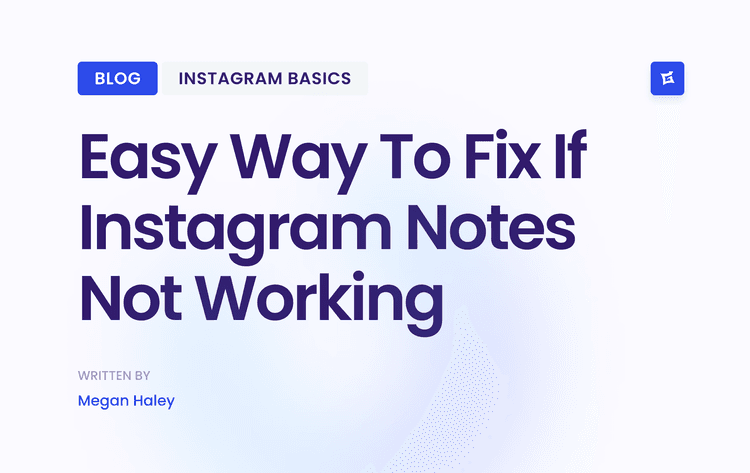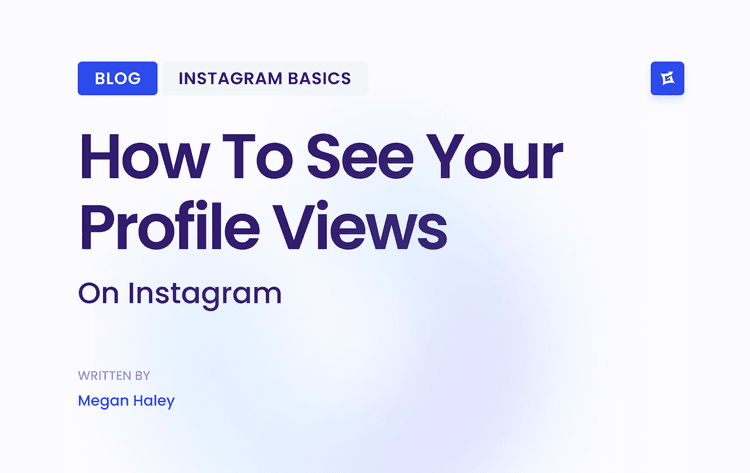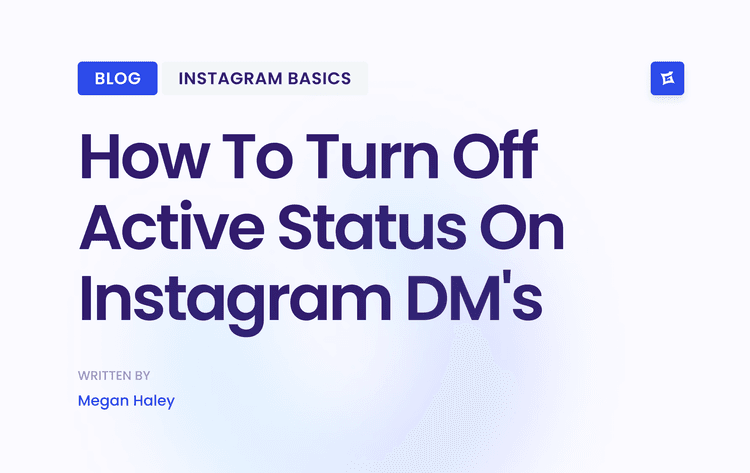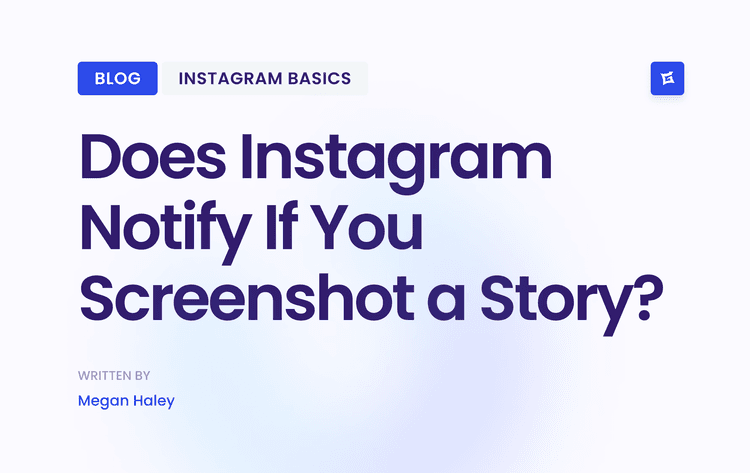Understanding the Investment in Social Media Management
Bringing on a social media manager is a major step for any business that’s serious about building its brand online. You’re not just paying someone to post content; you’re investing in your brand’s voice, your connection with customers, and, ultimately, your company's growth. The cost can swing wildly because the job itself is so varied.
A manager on the lower end of the price scale might just schedule content you’ve already created, making sure your accounts don’t go silent. On the other hand, a seasoned expert will build a complete strategy from the ground up, create stunning visuals, talk to your community in real-time, and hand you detailed reports that prove what’s working. To really get a handle on this, it's worth exploring the powerful benefits of hiring a social media manager to see just how critical the role is.
A Quick Look at the Numbers
To give you a clearer picture, let’s look at what you can expect to invest each month depending on who you hire. The list below gives you a baseline for budgeting, and we'll dig into what drives these costs a bit later.
> The real cost difference is strategy. Are you just paying for posts, or are you investing in a partner who will tie social media directly to your business goals and deliver real, measurable results?
These numbers are a great starting point for figuring out your budget.
Typical Monthly Social Media Manager Cost Ranges
Here's a quick overview of estimated monthly costs based on the hiring model and the professional's level of experience.
For freelancers, entry-level talent (with 1–2 years of experience) usually costs between $500 and $1,500 per month or project. Mid-level freelancers with 3–5 years of experience often charge $1,500 to $3,500, while senior or expert freelancers (5+ years) can command $3,500 to $6,000 or more.
When hiring through an agency, the rates are generally higher because of overhead and team support. Entry-level work tends to range from $1,500 to $3,000, mid-level from $3,000 to $6,500, and senior or expert-level services from $6,500 up to $10,000 or more.
For in-house hires, costs are usually the highest since they include salaries, benefits, and other employment expenses. Entry-level employees often earn $3,500 to $5,000, mid-level staff make around $5,000 to $7,500, and senior or expert professionals typically earn $7,500 to $12,000 or more.
As you can see, the ranges are pretty wide. An in-house salary will naturally be higher due to benefits and overhead, while agencies often package their services differently. This gives you a solid frame of reference as we explore what you actually get for your money.
What Really Drives the Final Price?

If you've ever asked for a couple of quotes for social media management, you've probably noticed they can be all over the map. One quote might seem like a bargain, while another feels like a luxury car payment. What gives?
The final price is never just one thing; it's a sum of its parts. Think of it like building a custom car. You have the base model, but then you start adding the good stuff—a bigger engine, premium sound, leather seats. Each addition bumps up the final sticker price. Social media management works the same way.
Every service your manager provides adds to the total investment. By understanding these key drivers, you can figure out what you actually need and make sure you're paying for services that will genuinely grow your business.
Scope of Services
The single biggest factor dictating your social media manager's cost is the scope of work. Are you just looking for someone to schedule a few posts, or do you need a strategic partner who will build your entire online brand from the ground up?
The list of potential responsibilities can be long, but here are the most common services that add to the price tag:
Content Creation: This isn't just posting. It's writing compelling copy, designing on-brand graphics, and shooting or editing short-form videos.
Community Management: Someone has to be there to talk to your followers! This means actively responding to comments, answering direct messages, and keeping the conversation going.
Strategy Development: This is the roadmap. It involves creating a plan that ties your social media activity directly to your business goals, like lead generation or sales.
Analytics and Reporting: You need to know what's working. This service covers tracking key metrics and delivering clear, understandable monthly reports that show your return on investment.
Paid Ad Management: Running ads on platforms like Facebook or Instagram is a whole different ballgame. It requires a specific skillset for managing budgets, targeting audiences, and optimizing for conversions.
Simply put, the more of these you need, the higher the monthly fee. A basic package that only covers posting will always be cheaper than a comprehensive plan that includes everything from content creation to ad management.
Experience and Expertise
Like any other profession, you get what you pay for when it comes to experience. A manager who's fresh out of college with a year under their belt is going to cost a lot less than a seasoned strategist with a decade of successful campaigns in their portfolio.
> You're not just paying for someone's time. You're investing in their accumulated knowledge, their strategic instincts, and their hard-won ability to navigate tricky platform algorithms. An expert can often get results in a few hours that might take a novice weeks of trial and error to achieve.
Platform and Tool Complexity
Managing a single Instagram account is one level of effort. Managing Instagram, TikTok, LinkedIn, and Facebook at the same time? That’s a whole different level of complexity, requiring far more time and platform-specific knowledge.
On top of that, professional-grade management relies on specialized tools for scheduling, analytics, and design. Some managers bake the cost of these tools into their retainers, while others might bill for them separately. These platforms are non-negotiable for doing the job efficiently and getting deep insights. If you want a peek behind the curtain, our guide to essential social media agency tools breaks down what the pros use.
Once you have a handle on these cost drivers, you're in a much better position to evaluate quotes and find a manager whose services and price point are the perfect fit for your goals.
Choosing Your Hiring Model: Freelancer, Agency, or In-House?
Figuring out who will manage your social media is just as important as deciding what they'll do. The right choice can set your brand's growth on fire, but the wrong fit can drain your budget and leave you with missed opportunities. You've got three main paths to choose from, and each one comes with its own unique blend of costs, flexibility, and involvement.
Here’s a simple way to think about it:
A freelancer is like calling in a specialist contractor. Need an expert plumber or a master electrician for a specific job? That's your freelancer—a pro with deep expertise in one area.
An agency is more like a general contractor. They don't just show up alone; they bring a whole crew of designers, writers, and strategists to tackle a big, multifaceted project.
An in-house employee is like having a skilled builder move in permanently. They become part of the family, learning the ins and outs of your home and your vision from the inside.
When you're looking at outside help, you'll generally run into two common pricing models: hourly rates and monthly retainers. This infographic breaks down what you can typically expect.
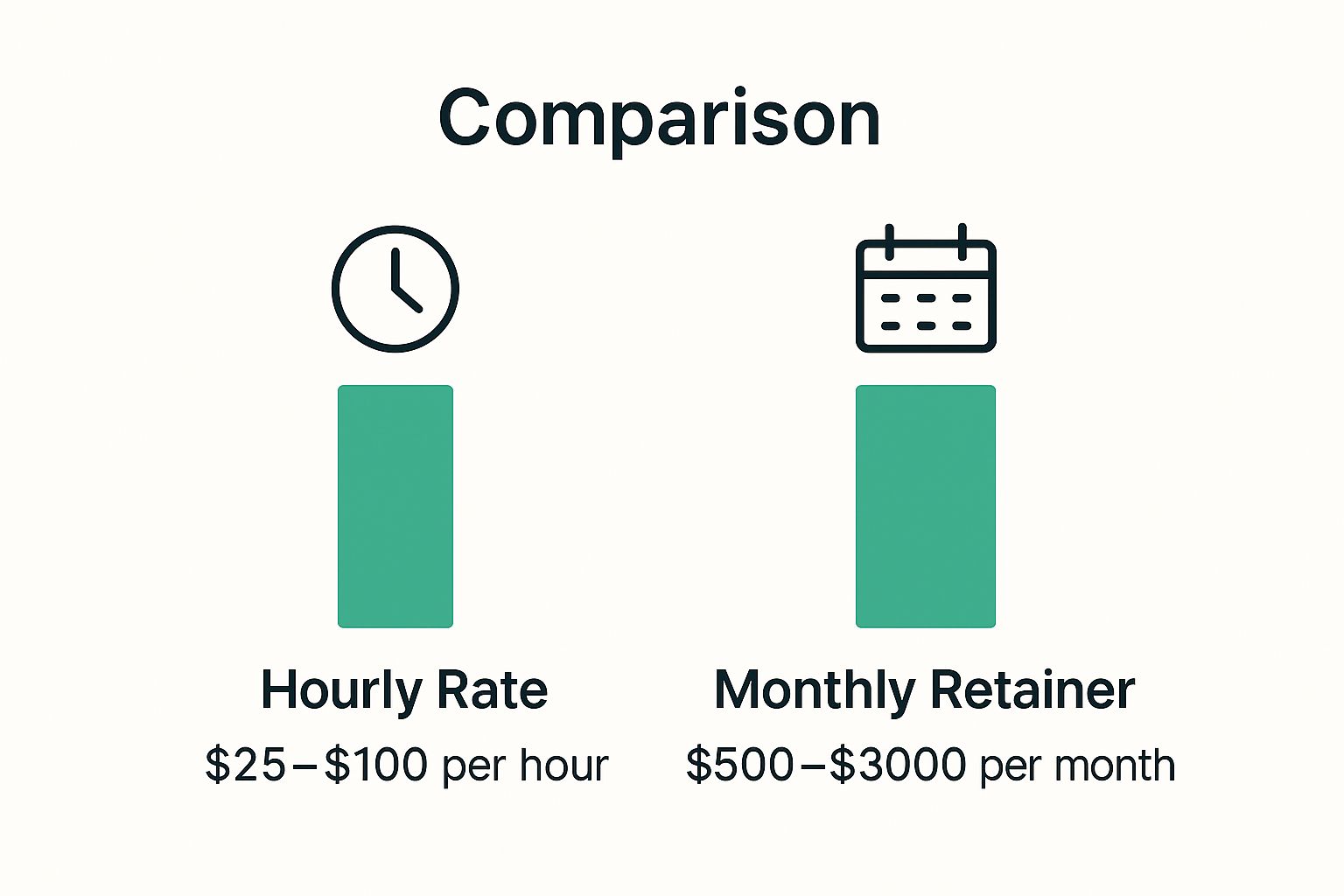
As you can see, retainers offer that predictable monthly cost for ongoing work, which is how most agencies and many long-term freelancers operate.
Freelancers: The Nimble Specialists
Working with a freelance social media manager gives you a direct line to specialized talent without the financial baggage of a full-time employee. These pros are often wizards in a specific niche or platform, making them a perfect match for targeted campaigns or businesses that need a very particular skill set.
They usually charge by the hour or by the project, which gives you incredible flexibility if your needs change month to month. This route is a lifesaver for startups or smaller companies that need expert guidance but can't yet swing a full-time salary. The trick is to find that one person whose skills perfectly match what you need to accomplish right now.
> Key Takeaway: Freelancers bring a potent mix of high-level expertise and budget flexibility. They're a fantastic option for businesses that need to get serious results without a massive upfront investment.
Agencies: The All-In-One Powerhouse
A social media agency brings the whole orchestra. When you sign with an agency, you’re not just getting one person—you're getting a team of strategists, copywriters, graphic designers, and ad specialists all working on your account.
This model is built to scale. Agencies are wired to manage complex, multi-channel strategies and big ad budgets, offering a depth of service that a single person would find impossible to cover alone. Their cost is almost always a monthly retainer, and while it's a bigger number, it reflects the collective brainpower and resources you have at your disposal. It's worth looking at different social media packages and pricing to get a feel for how agencies bundle their services.
In-House Employees: The Brand Champions
Hiring a social media manager to join your team means they become completely immersed in your company culture. They live and breathe your brand every single day, which leads to a level of responsiveness and brand alignment that's hard to beat. This is the most expensive option on paper, since you're covering a salary, benefits, and equipment.
But that investment gets you a dedicated expert who is 100% focused on your company's success. They can walk down the hall and brainstorm with the sales team or jump into a meeting with product developers, making sure your brand's voice is consistent everywhere. It's also important to remember that the social media manager cost for an in-house role is heavily influenced by location. Salaries in major hubs like Dubai or Toronto are a world away from what you might see in Poland or France due to local demand and cost of living.
Comparing Social Media Management Hiring Models
To help you weigh the options, let’s put them side-by-side. Each model has its strengths and is best suited for different business needs and stages of growth.
Cost: Freelancers generally offer the lowest initial cost, since you pay on an hourly or per-project basis without any overhead expenses. Agencies typically come with a higher retainer cost, which reflects access to an entire team of specialists. In contrast, hiring an in-house employee involves the highest upfront cost, as it includes salary, benefits, training, and tools.
Expertise: Freelancers tend to be highly specialized, focusing on specific niches, platforms, or skills. Agencies offer broader expertise, providing you with access to a team that may include designers, ad strategists, and content creators. In-house employees, meanwhile, develop a deep understanding of your brand, products, and company culture over time.
Flexibility: Freelancers offer the greatest flexibility, allowing you to scale up or down depending on your project needs. Agencies are moderately flexible, often working on longer-term retainers but still able to adjust their level of service. In-house employees provide limited flexibility, since they represent a full-time commitment and are less adaptable to short-term changes.
Integration: Freelancers have low integration with your internal processes, so maintaining clear communication is essential. Agencies achieve moderate integration, typically acting as an external team with a dedicated account manager. In-house employees, on the other hand, are fully integrated into your culture and workflows, collaborating daily across departments.
Best For: Freelancers are best suited for startups, small businesses, or one-off projects that fill specific skill gaps. Agencies work best for growing businesses that are ready to scale or run complex, multi-channel campaigns. In-house employees are ideal for established companies that require deep brand alignment and consistent collaboration.
Ultimately, there's no single "best" choice—only the best choice for your business right now. A startup might get immense value from a skilled freelancer, while a fast-growing company might need the horsepower of an agency to keep up. An established brand, on the other hand, might decide that having a dedicated champion in-house is non-negotiable.
Decoding In-House Social Media Manager Salaries

Hiring a full-time, in-house social media manager is a whole different ballgame. You’re not just paying a monthly retainer; you're making a long-term investment in a team member who will live and breathe your brand every single day. But what does that really cost?
It’s easy to get fixated on the annual salary, but that's just the tip of the iceberg. The actual social media manager cost swells when you factor in benefits, payroll taxes, equipment, and ongoing training. A good rule of thumb is to budget an extra 20-30% on top of their base pay to cover these essential "hidden" costs. This is why getting the salary benchmarks right is so critical before you even post the job.
Unsurprisingly, location plays a massive role. A manager based in a major hub like New York City or San Francisco will command a significantly higher salary than someone in a smaller town, simply due to the cost of living and a more competitive job market.
What to Expect at Different Experience Levels
Just like with any profession, you get what you pay for. A junior hire fresh out of college won't have the same price tag as a seasoned strategist who can build a department from the ground up.
Here’s a rough sketch of annual base salaries you can expect to see in the U.S. market:
Entry-Level (1-2 years experience): The $45,000 to $60,000 range is typical here. These are the doers—the people scheduling posts, handling basic community moderation, and generally supporting the marketing team's efforts.
Mid-Level (3-5 years experience): You’ll likely see salaries between $60,000 and $85,000. At this stage, they're not just executing; they're managing content calendars, pitching campaign ideas, and digging into the analytics to see what's working.
Senior-Level (5+ years experience): Be prepared to invest $85,000 and up. A senior strategist or a social media director can easily clear $100,000. They're in charge of the big picture: high-level strategy, budget management, and proving a clear return on investment.
> Keep in mind, these are just base salaries. A truly competitive offer will include the full package—bonuses, health insurance, retirement plans, and other perks that make someone want to build their career with you.
A Quick Trip Around the Globe: Salary Variations
Salaries for social media managers can look wildly different depending on where in the world you're hiring. It all comes down to local economies and what the market will bear.
For instance, a manager in the U.S. might earn a median salary of around $60,000, but their counterpart in Canada earns an average of CAD 48,532. Hopping over to Europe, you'll see figures like €35,590 in Germany and £40,621 in the UK. Down under in Australia, the rates are often higher, with some senior roles pushing up to AUD 120,000 annually. You can find more detailed insights about these global salary differences and what’s driving them.
This just goes to show how important it is to research your specific local market. When you decide to bring someone in-house, you're not just filling a seat—you're adding a permanent pillar to your marketing department.
Building a Social Media Budget That Works
So, how do you take all this pricing information and turn it into a budget that actually makes sense for your business? It can feel a bit overwhelming, but it's really just a step-by-step process.
Think of it like planning a road trip. Before you even look at a map, you need to know your destination. The same goes for social media. What does success look like for you? Are you trying to get your brand name out there, pull in solid leads, or see a direct spike in sales? Your main goal is the single most important factor—it dictates everything from which platforms matter most to the kind of content you’ll be creating.
Once you know where you're going, take a good, hard look at what you’re working with right now. What’s your team’s current capacity and skillset? Maybe you have a designer who’s great with visuals but freezes up when it comes to writing captions. This kind of honest audit helps you pinpoint the exact gaps you need to fill, so you don't end up paying for skills you already have on hand.
Setting Realistic Financial Goals
With your goals and needs mapped out, you can finally start attaching some real numbers to your plan. The trick is to match your budget to the right kind of help.
A small local coffee shop that just wants to connect with the neighborhood might do great with a part-time freelancer for $1,000 a month. On the flip side, a fast-growing tech company that needs to generate leads aggressively will likely need a full-service agency or a senior in-house manager. In that case, the social media manager cost could easily climb past $7,000 a month.
It's also smart to get a feel for what people are actually earning in your market. For example, in the United States, the total compensation for a social media manager can be around $92,885 a year. Base salaries are heavily influenced by experience and, crucially, location. A manager in a major hub like San Francisco will have much higher salary expectations than someone in a smaller town, which is a key detail if you're planning to hire an in-house employee.
Accounting for Hidden Costs
Here's a rookie mistake: thinking the manager's fee is the only expense. Your budget isn't complete until you account for all the tools and resources they'll need to actually do the job well. These "hidden" costs can add up fast if you're not prepared for them.
Make sure your budget has room for these extras:
Ad Spend: This is totally separate from the management fee. It could be a few hundred dollars or tens of thousands a month, all depending on how ambitious your campaigns are.
Software and Tools: Professional tools for scheduling, analytics, and design aren’t free. Expect to spend anywhere from $50 to $500+ every month. You can definitely find some great free social media management tools to help keep these costs down, though.
Content Creation Assets: Do you need a subscription to a stock photo site? What about video editing software? You might even need to hire a photographer or videographer for a specific campaign.
When you plan for these expenses from the start, you're not just creating a budget—you're setting your social media manager up for success. Plus, it gives you a true picture of your total investment, which makes it much easier to track your returns. Speaking of which, if you need a hand with that, check out our guide on how to use a social media ROI calculator to measure campaign success.
Your Questions About Social Media Manager Costs Answered

Okay, you’ve wrapped your head around the different pricing models and what goes into a social media budget. Now come the real-world questions—the practical stuff that pops up right before you sign on the dotted line.
This is where we move from theory to action. Let’s tackle the most common questions business owners ask when they’re ready to hire. Think of this as your cheat sheet for building a solid, stress-free relationship with your new social media pro from day one.
What Should Be Included in a Social Media Manager Contract?
A solid contract is the bedrock of a good working relationship. It's not just a legal formality; it's a shared roadmap that makes sure everyone is on the same page, heading in the same direction. Getting this right prevents a world of headaches later on.
First and foremost, your contract needs to spell out the scope of work in plain English. This means listing the exact platforms they'll manage, the number of posts per week, and their duties for community management. It also needs to be crystal clear on payment terms—the rate, when you'll pay, and how you’ll handle extra work that falls outside the original plan.
Beyond the basics, a well-drafted contract should cover these key areas:
Contract Termination: How much notice does either side need to give to end the agreement?
Confidentiality: This is a standard but crucial clause to protect your sensitive business information.
Content Ownership: It should state clearly that your business owns all the content created and the social media accounts themselves. No ambiguity.
Tool Costs: Who pays for the software? Make sure it's clear whether you or the manager will cover subscriptions for scheduling or analytics tools.
How Do I Measure the ROI of My Social Media Manager?
Measuring the return on your investment (ROI) means looking past the flashy “vanity metrics” like likes and follower counts. The real goal is to connect the dots between what your manager is doing and what’s happening on your bottom line.
Start by deciding what "success" actually means for your business. If your goal is brand awareness, then metrics like reach and impressions are your guideposts. If you're after lead generation, you need to be tracking click-through rates and form sign-ups with things like UTM links or a tracking pixel. And for e-commerce, it's all about tying sales directly to social media activity.
> A great social media manager won’t just send you a list of likes. They'll deliver clear, regular reports showing how their work directly impacts your key performance indicators (KPIs), proving their value with numbers that make sense to your entire team.
Are There Cheaper Alternatives to a Dedicated Manager?
Yes, there are definitely more budget-friendly routes, but each comes with a trade-off. It’s a classic case of balancing time, money, and expertise.
The most affordable option is to go the DIY route using tools like Buffer or Later. This is easy on the wallet, but it costs you something else: your time. And it can take a lot of time. Another option is hiring a virtual assistant (VA) who has some social media experience. They’re often cheaper than a specialist but might not have the deep strategic know-how to really move the needle.
Finally, you could bring in a freelancer for a specific project, like a campaign for a new product launch. This lets you tap into high-level skills for a short burst without the commitment of an ongoing monthly retainer.
Should My Manager Also Run Paid Ad Campaigns?
That really depends on their specific skill set. Managing organic social media and running paid ad campaigns are two very different beasts, and not everyone is a master of both.
Effective ad management is a science. It requires a deep understanding of audience targeting, A/B testing, budget optimization, and ad creative that actually converts. If a candidate has a proven track record of running successful paid campaigns, they could be an incredible all-in-one hire.
However, if you're planning on a significant ad spend or have complex campaign goals, you’ll likely get better results by hiring a dedicated paid media specialist. This frees up your social media manager to do what they do best: create amazing organic content and build a thriving community.
Ready to stop worrying about your social media and start seeing real growth? Gainsty uses a powerful combination of expert strategy and advanced AI to grow your Instagram with real, engaged followers. Forget the bots and get the authentic results your brand deserves. Start growing with Gainsty today.

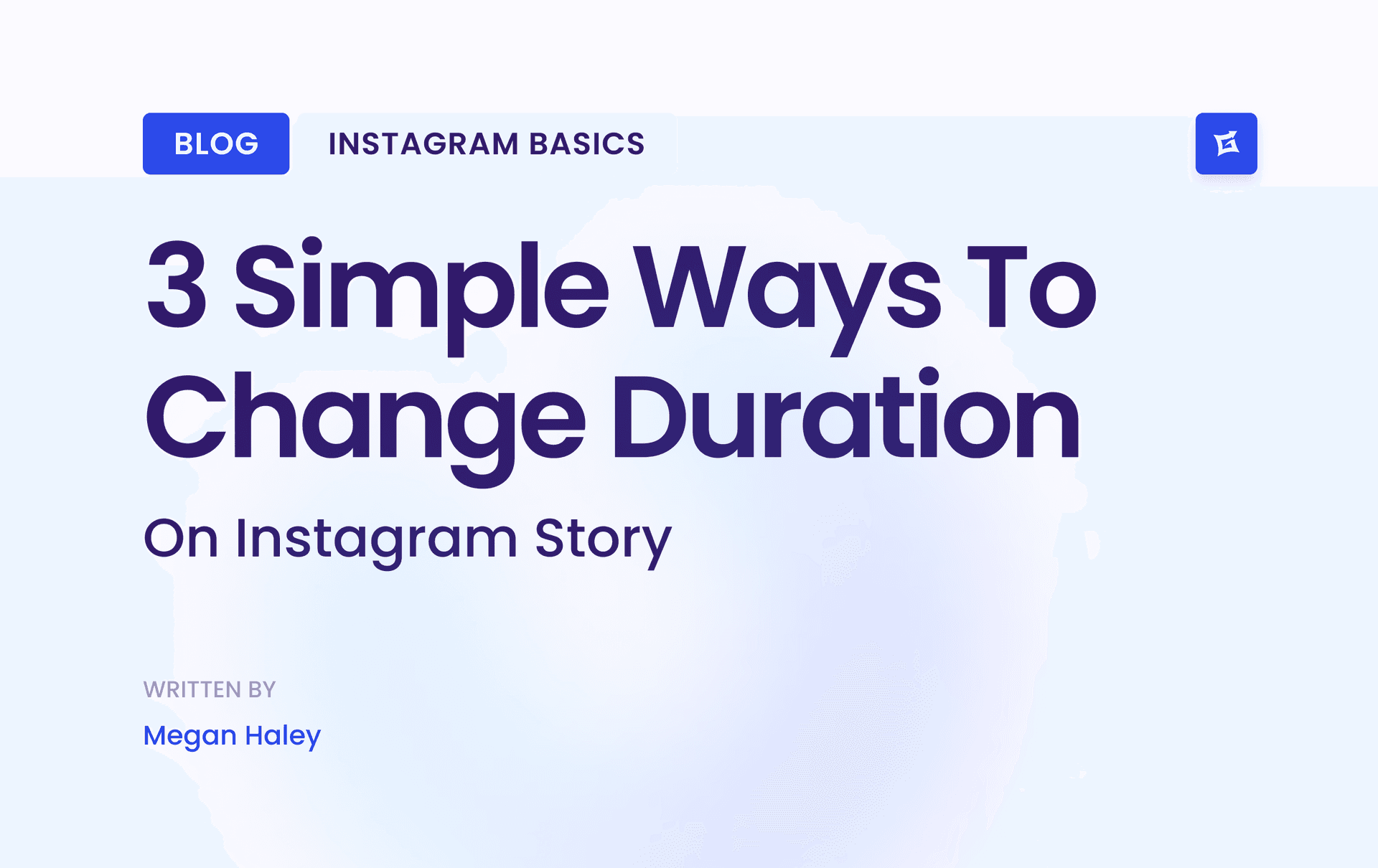
.png&w=1920&q=75&dpl=dpl_9XSWKBjhcBN6v6b1SN7m3p1WWjfr)
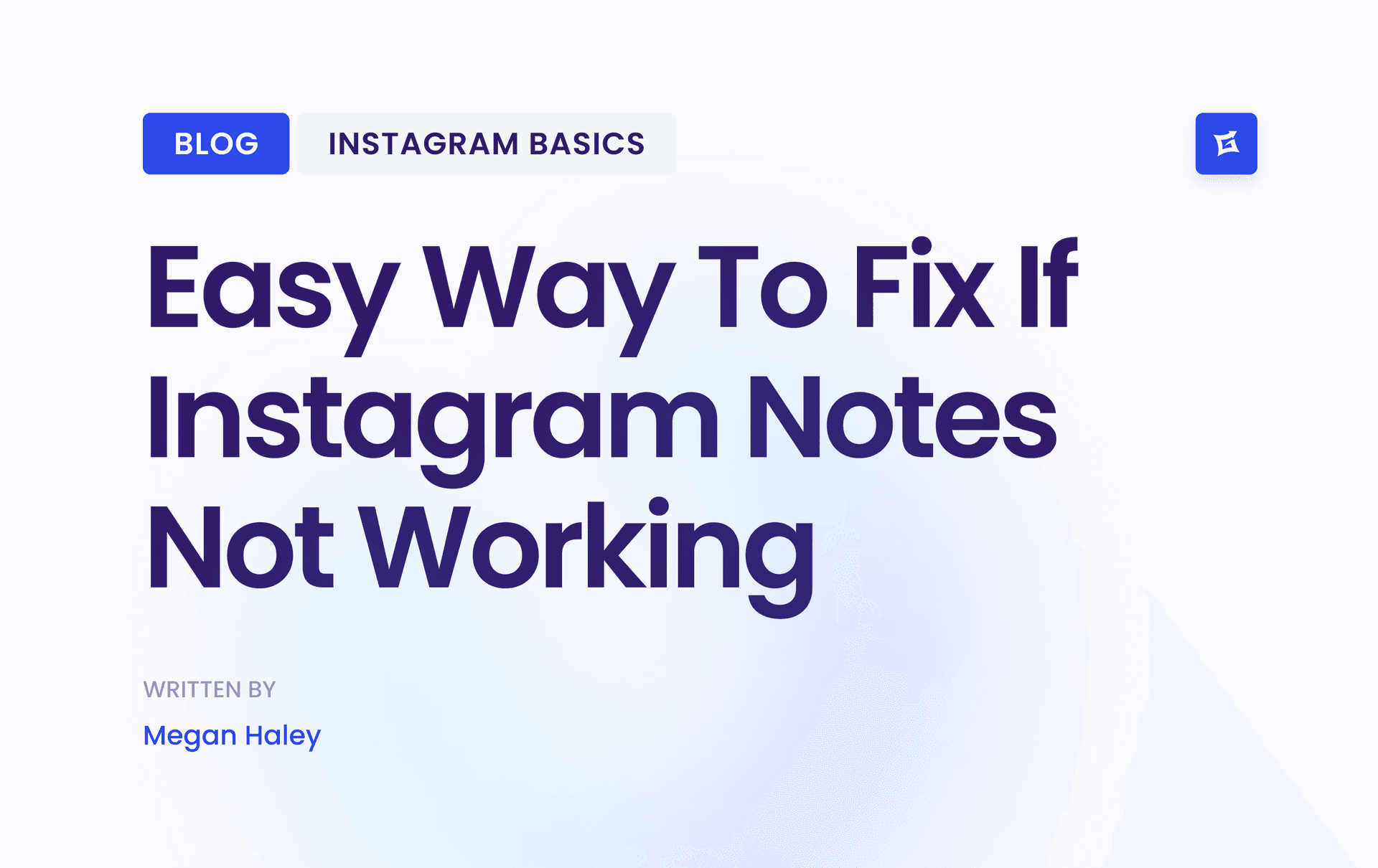
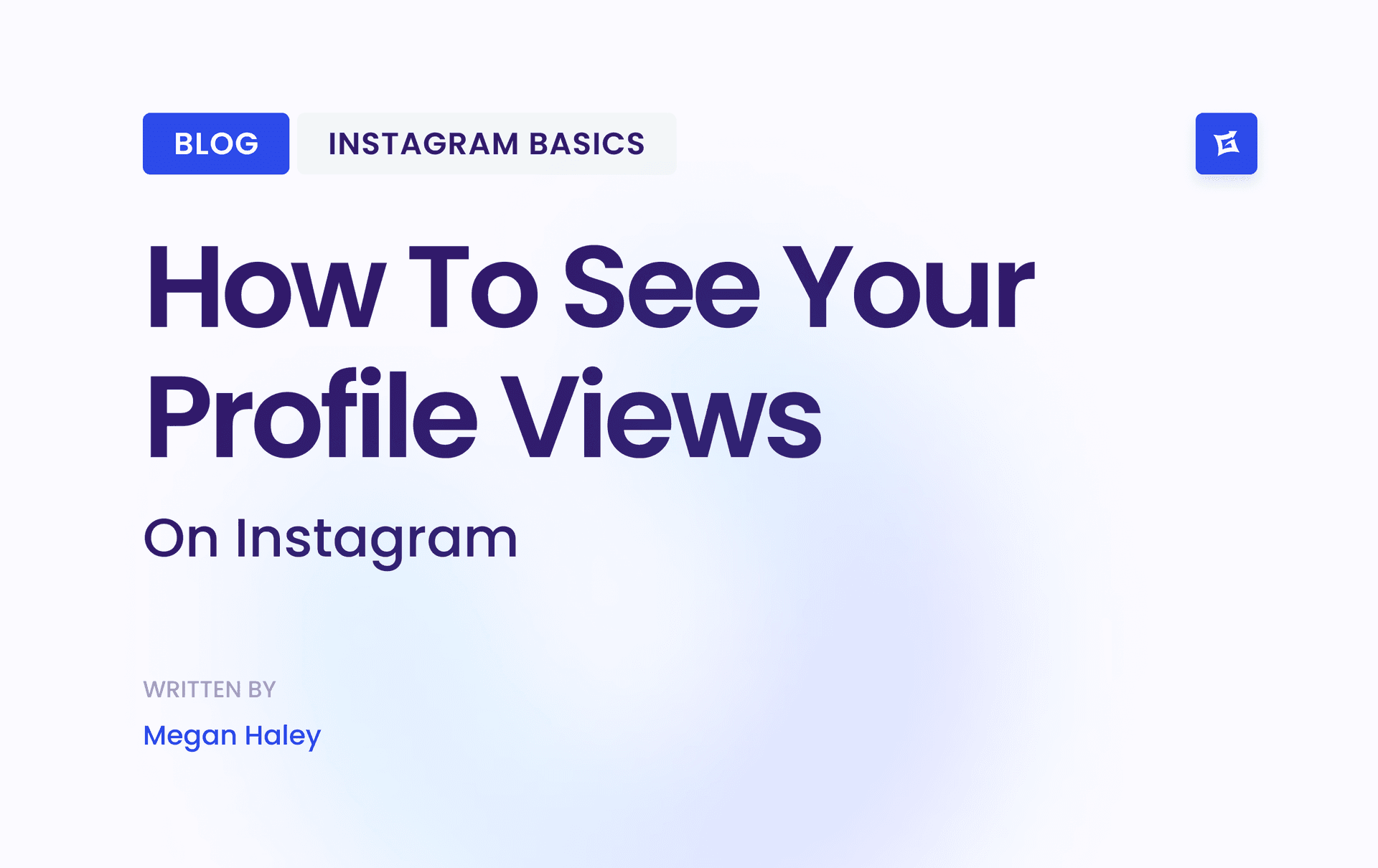
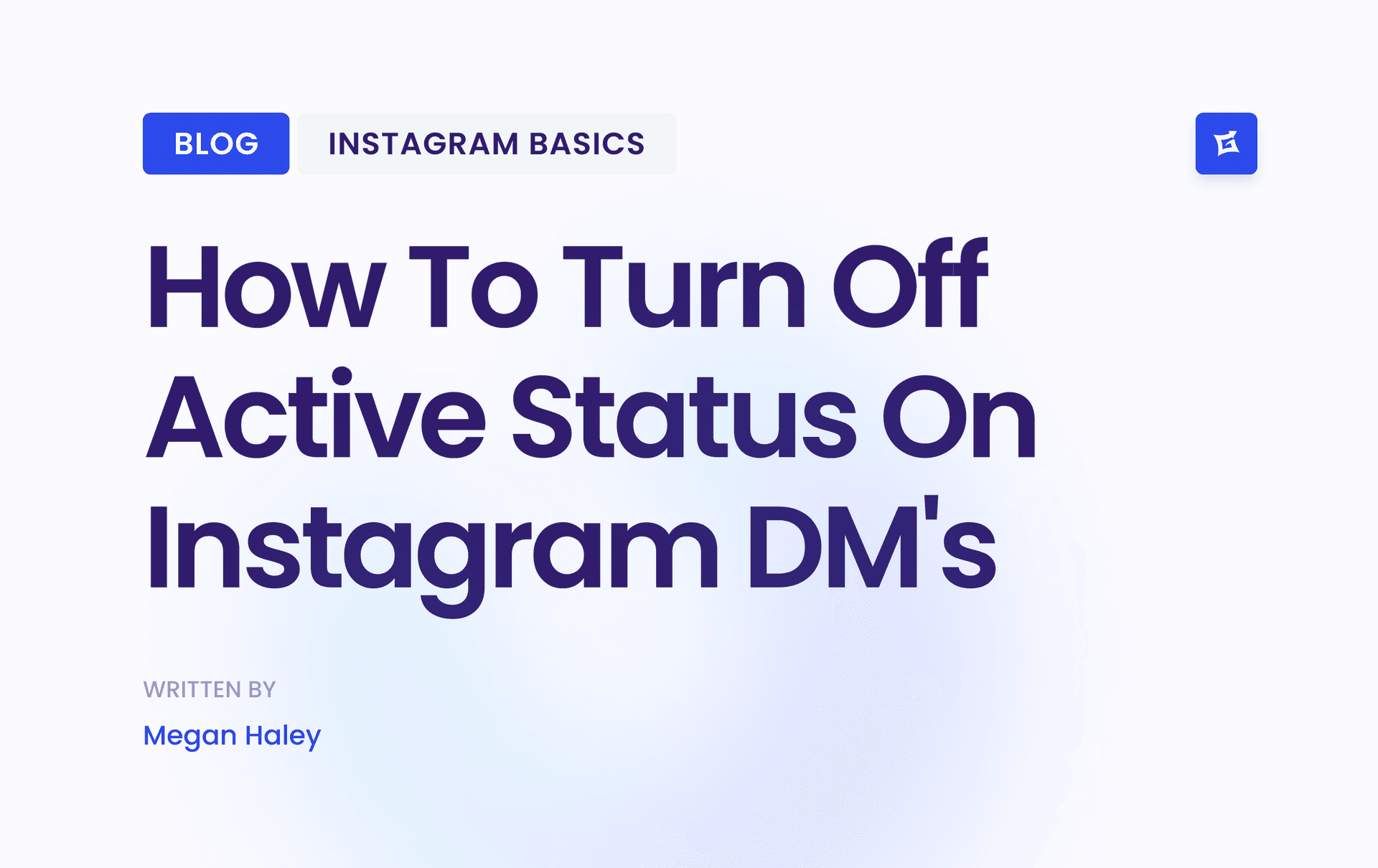
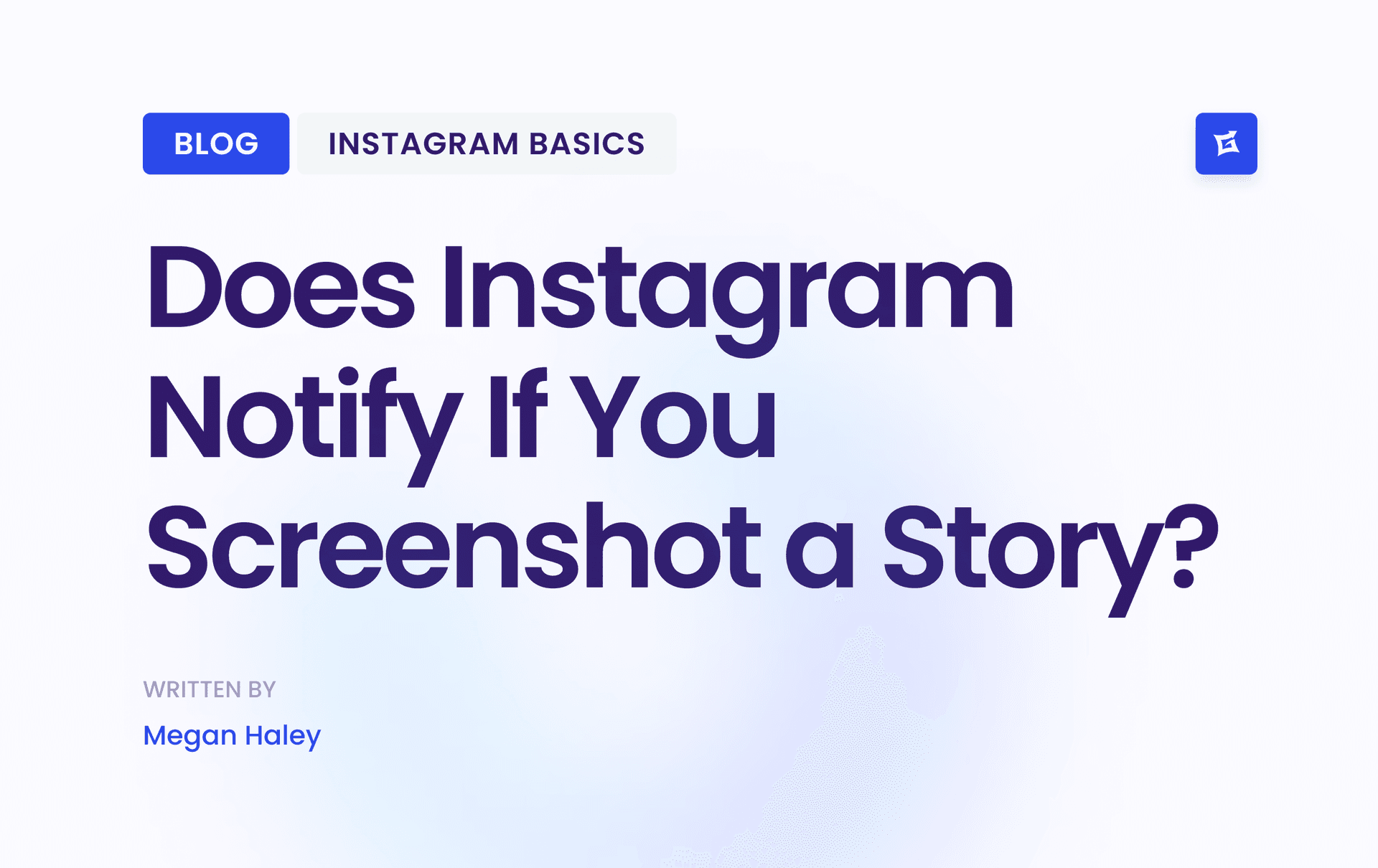



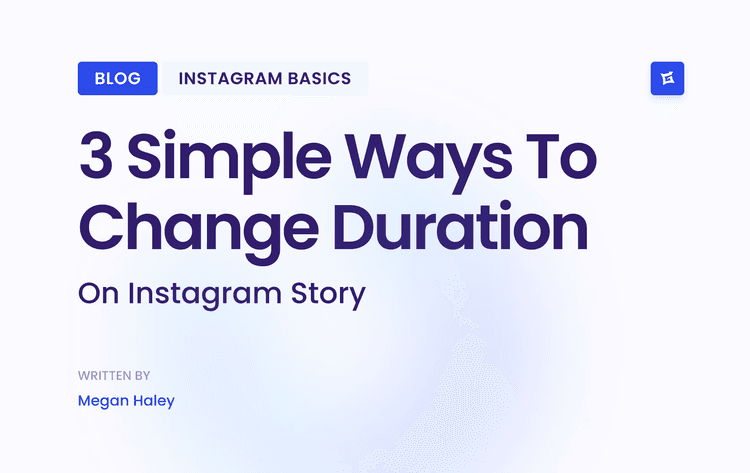
.png&w=750&q=75&dpl=dpl_9XSWKBjhcBN6v6b1SN7m3p1WWjfr)
